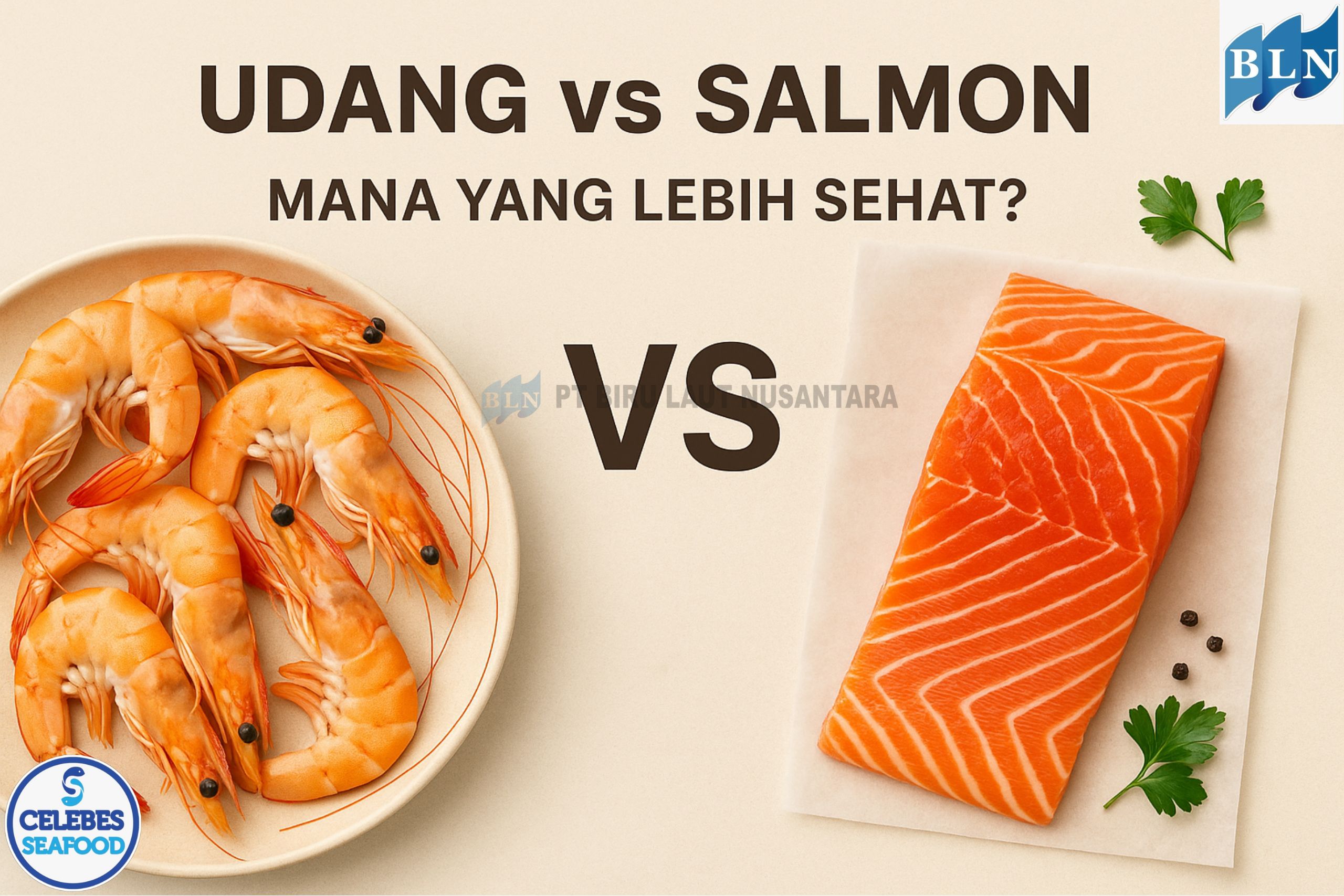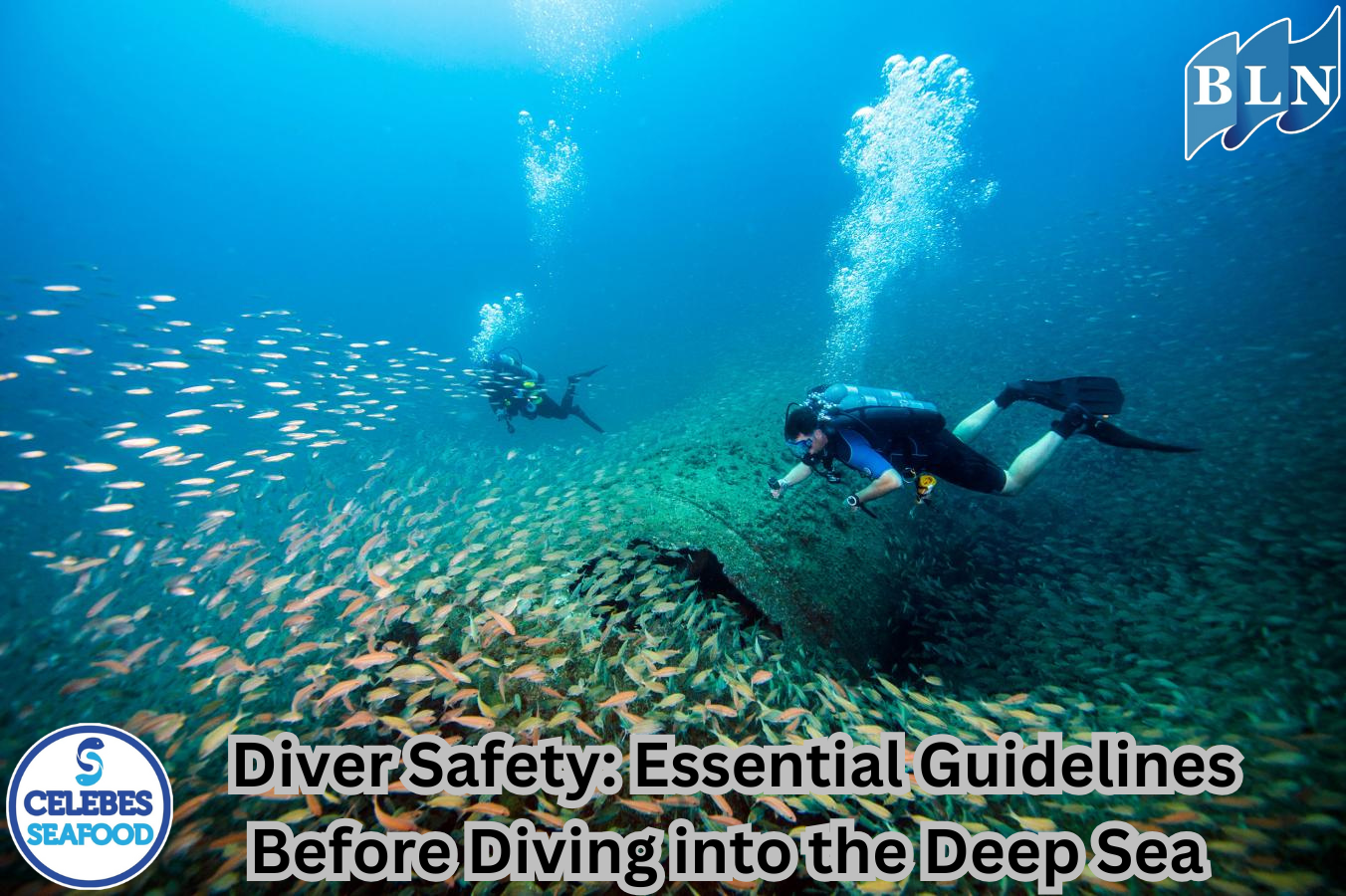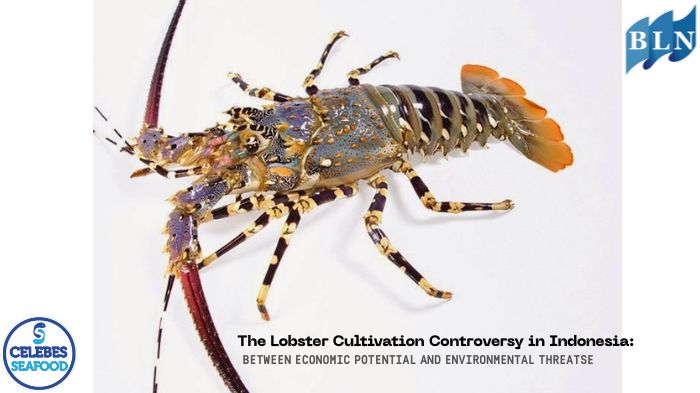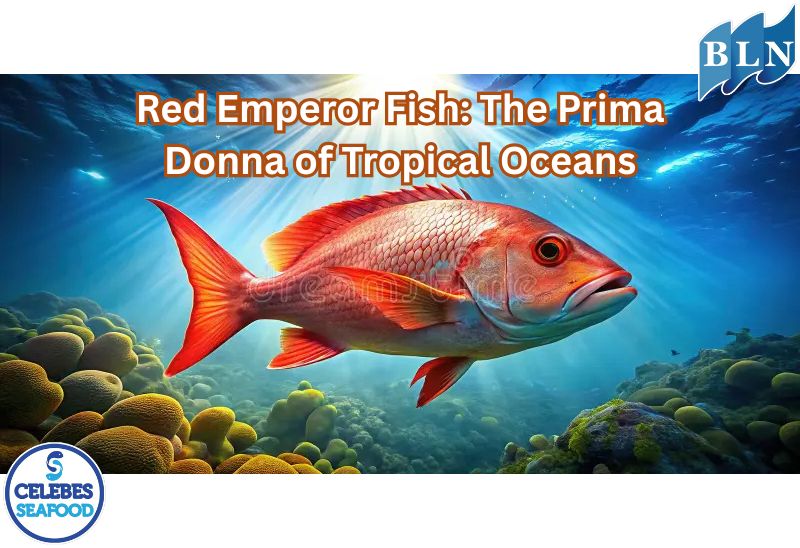Sustainable Fisheries Innovation to Maintain Global Tuna Stocks
By. Alfian - 23 Jul 2025
lautnusantara.com Maintaining the sustainability of global tuna stocks is a global challenge that requires innovation and cross-sector collaboration. New efforts and technologies are continuously being developed to ensure tuna fisheries remain sustainable for future generations.
Key Innovations in Sustainable Tuna Fisheries
Several key innovations focus on improving management, monitoring, and responsible fishing practices:
1. Large-Scale Tuna Aquaculture Technology:
The Indonesian Ministry of Maritime Affairs and Fisheries (MMAF), for example, is promoting innovation in tuna aquaculture technology in floating net cages. This model allows for the capture of small tuna from the wild and then rearing them to maturity in cages. This approach can help reduce pressure on mature wild tuna stocks and provide a more stable income for fishermen. Developed countries have successfully implemented this method to increase the production and sustainability of fisheries resources.
2. Advanced Monitoring and Traceability Systems:
Vessel Monitoring Systems (VMS): The mandatory installation of VMS on tuna fishing vessels is becoming increasingly important. VMSs help monitor vessel movements and ensure compliance with illegal, unreported, and unregulated (IUUF) fishing practices. With VMS, monitoring becomes more optimal and can increase the competitiveness of fishery products in the global market.
- Electronic Monitoring (EM): The use of electronic monitoring systems on fishing vessels, such as cameras and sensors, helps collect accurate catch data. This data is crucial for stock evaluation and regulatory compliance.
- Digital Traceability System (Traceability): Technologies such as TraceTale enable digital production recording in fish processing units, replacing manual, paper-based record-keeping. This ensures that every tuna product can be traced to its origin, from the fishing method and fishing gear used to the shipping process. Products with traceability labels often have a higher selling price due to clearly defined sustainable and legal fishing practices.
3. Quota-Based Management and Fishing Zones:
The concept of Measured Fishing (PIT), promoted in Indonesia, is part of a blue economy approach that emphasizes efficient natural resource management. PIT implements a quota
system and fishing zoning to ensure cohesive and effective management, particularly for tuna fisheries. This includes closing certain areas to support tuna stock recovery and implementing Total Allowable Catches (TAC) to control catches.
4. Environmentally Friendly Fishing Gear:
Innovations in fishing gear continue to be made to minimize negative impacts on marine ecosystems and non-target species (bycatch). Examples include improvements in hook design and more selective fishing techniques. Nylon line and circle hooks can improve bycatch survival and reduce post-release mortality.
5. Research Funding and Support:
Organizations such as the Marine Stewardship Council (MSC), through the Ocean Stewardship Fund (OSF), allocate funds for marine research and increase the number of sustainable fisheries. This funding supports research projects aimed at addressing challenges in MSC-certified fisheries and assisting fisheries already on the path to sustainability certification.
6. Fishermen's Collaboration and Capacity Building:
The importance of collaboration between governments, non-governmental organizations, academia, and fishing communities is emphasized. Capacity building programs and outreach programs on sustainable fishing practices, the importance of ocean conservation, and certifications such as fair trade are provided to fishermen. This not only raises awareness but also enables small-scale fishermen to gain better market access and higher prices.
By adopting technological innovations and responsible management practices, we can ensure the sustainability of global tuna stocks while improving the well-being of fishermen and coastal communities. This is a long-term investment in the future of our marine resources.
If you are interested in our KING FISH STEAK, WAHOO NATURAL CUT FILLET SKIN ON please do not hesitate to contact us through email and/or whatsapp.








